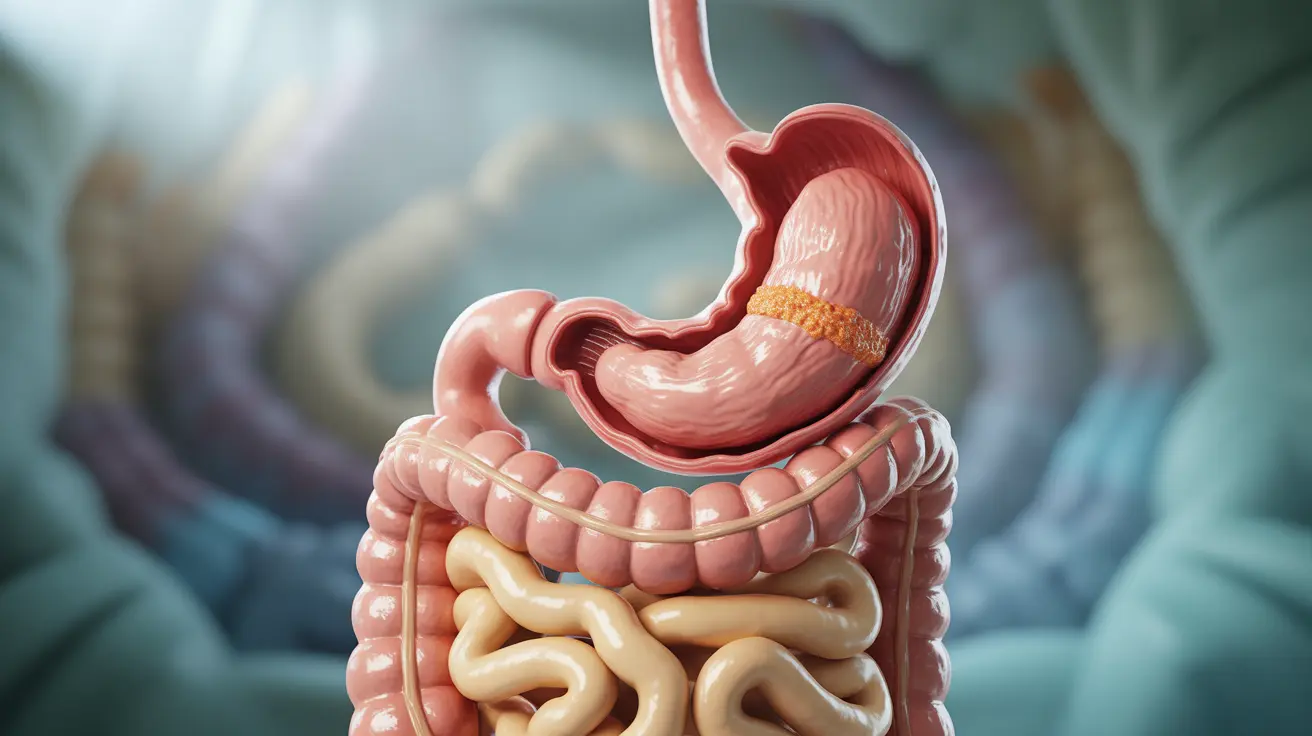Experiencing lingering stomach pain after recovering from a stomach flu can be both frustrating and concerning. While the acute symptoms of gastroenteritis (stomach flu) typically resolve within a few days, some people may continue to experience stomach discomfort for weeks afterward. Understanding why this happens and how to manage it is crucial for a complete recovery.
This comprehensive guide explores the reasons behind persistent stomach pain following stomach flu, effective management strategies, and when to seek medical attention. We'll also discuss dietary modifications that can help speed up your recovery and restore digestive comfort.
Common Causes of Persistent Stomach Pain After Stomach Flu
Several factors can contribute to ongoing stomach discomfort after a bout of stomach flu:
Temporary Lactose Intolerance
The stomach flu can temporarily damage the cells lining your intestines that produce lactase, the enzyme necessary for digesting dairy products. This temporary lactose intolerance can persist for several weeks after recovery, causing continued digestive issues if dairy products are consumed.
Inflammation Recovery
The viral infection that causes stomach flu can lead to significant inflammation in your digestive tract. This inflammation may take time to completely resolve, even after other symptoms have improved, resulting in lingering discomfort or pain.
Digestive System Reset
Your digestive system's natural rhythm and bacterial balance can be disrupted during the illness. This disruption may take time to normalize, leading to continued digestive symptoms during the recovery period.
Managing Post-Stomach Flu Stomach Pain
Immediate Relief Strategies
Several approaches can help alleviate persistent stomach discomfort:
- Gentle heat application to the abdomen
- Light abdominal massage
- Rest and stress reduction
- Small, frequent meals instead of large ones
- Staying well-hydrated with clear fluids
Dietary Modifications
Making temporary dietary adjustments can significantly impact your recovery:
- Start with easily digestible foods
- Gradually reintroduce more complex foods
- Temporarily avoid dairy products
- Include probiotic-rich foods
- Stay away from spicy, fatty, or heavily processed foods
When to Seek Medical Attention
While some stomach discomfort after stomach flu is normal, certain symptoms warrant medical evaluation:
- Severe or worsening abdominal pain
- Blood in stool
- Persistent fever
- Inability to keep food or liquids down
- Symptoms lasting more than 2-3 weeks
- Significant weight loss
Recovery Timeline and Expectations
The recovery process from stomach flu varies among individuals, but most people can expect their digestive system to return to normal within 1-2 weeks. However, some may experience mild discomfort for up to a month, particularly if they had a severe case or have underlying digestive conditions.
Frequently Asked Questions
1. What are some common reasons why stomach pain can persist after stomach flu?
Common reasons include temporary lactose intolerance, ongoing inflammation recovery, disrupted gut bacteria balance, and a temporarily sensitive digestive system.
2. How can I manage and treat lingering stomach pain after a stomach flu?
Management strategies include eating small, frequent meals, staying hydrated, applying gentle heat to the abdomen, avoiding trigger foods, and gradually reintroducing normal foods.
3. Can stomach pain that persists after stomach flu be a sign of something more serious?
Yes, persistent stomach pain could indicate complications or a different underlying condition, especially if accompanied by severe symptoms like bloody stools, persistent fever, or significant weight loss.
4. What dietary changes can help alleviate stomach discomfort after stomach flu?
Focus on easily digestible foods, temporarily avoid dairy products, incorporate probiotics, eat smaller portions, and stay well-hydrated with clear fluids.
5. How long does it typically take for stomach pain from stomach flu to completely resolve?
Most people recover within 1-2 weeks, though mild discomfort may persist for up to a month in some cases. Recovery time varies based on illness severity and individual factors.




